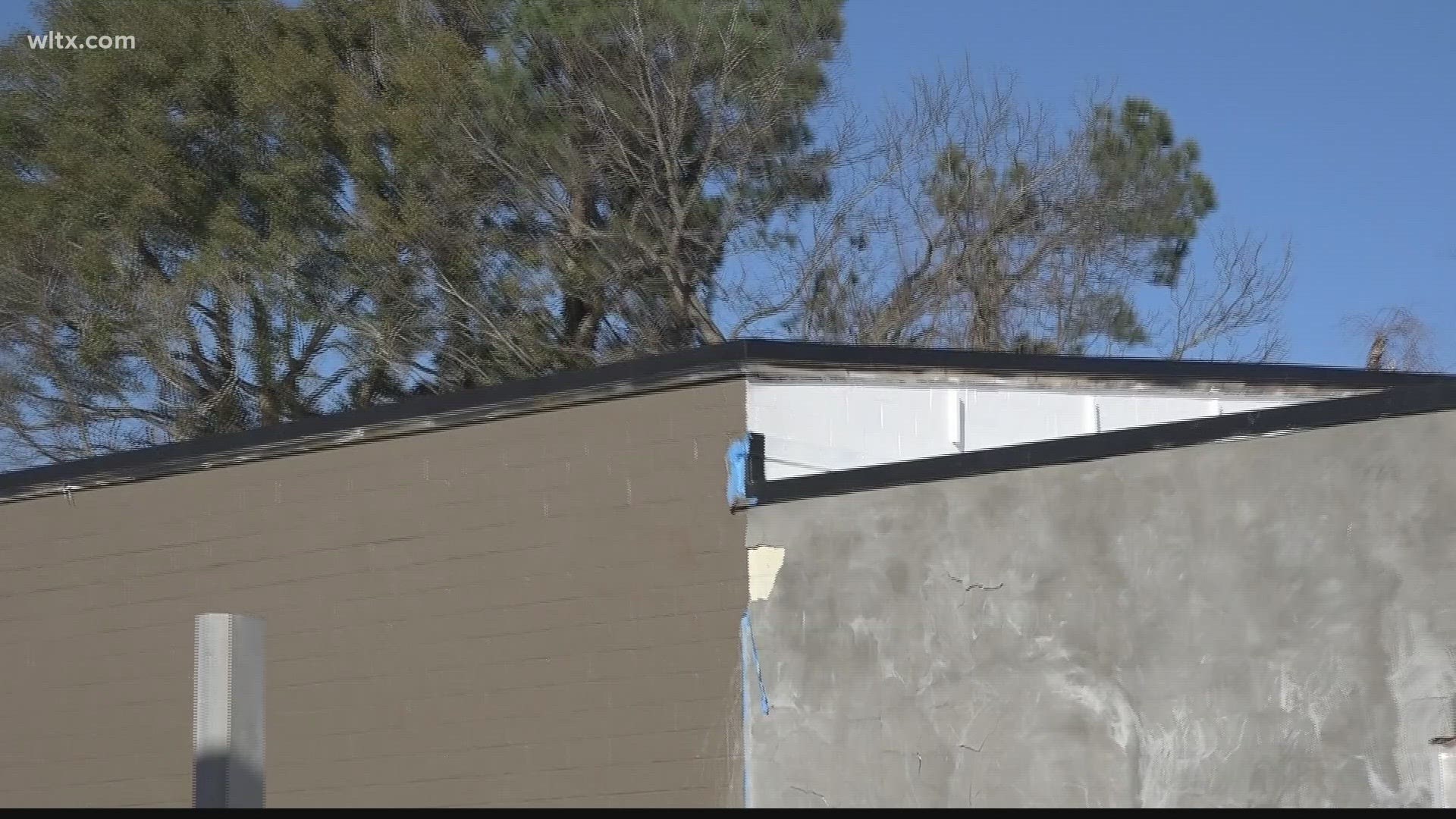ORANGEBURG, S.C. — Restoration efforts continue at the All-Star Bowling Alley in Orangeburg, which played a pivotal role in the Orangeburg Massacre of 1968.
Three students, two South Carolina State University students and one Orangeburg-Wilkinson High School student, were killed by police during a protest after the bowling alley’s owner refused to allow desegregation.
Ellen Zisholtz is the president of the Center for Creative Partnerships, she says with a $750,000 grant from the National Parks Services, phase two of the project is almost complete.
“So far we’ve received two grants from them totaling one million two hundred fifty thousand and that’s what we’ve been using to work on the building,” said Zisholtz. “We want the façade to be really beautiful and it’s all in phase two, so the front will be cleaned up, the marque will be fixed and will have beautiful lettering that lights up.”
The bowling alley had a new roof put in and it will soon have a handicap ramp, electricity, an H.V.A.C. system and sprinklers installed.
Dr. Larry Watson is a history professor at South Carolina State University, who says the university continues to teach students about the importance of the bowling alley.
"Our job is to make students aware of not just the bowling alley, but the whole culture of the time frame,” Watson said. “The whole era of racial segregation and make them understand that there are other symbols as well. And the bowling alley represents just one of those symbols so we have to educate our young people to make them aware of what that bowling alley symbolized and what today it symbolizes."
When the project is completed, the community will not only have a historical bowling alley but they'll also have a new lunch spot.

